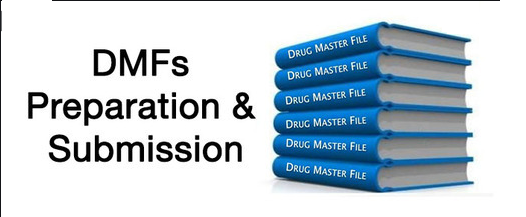Quality Risk Management -Questions and answers
Q1: What is the purpose of Quality Risk Management in the context of medicinal products?
A1: Quality Risk Management serves as a systematic process for assessing, controlling, communicating, and reviewing risks related to the quality of medicinal products. It encompasses both proactive and retrospective approaches.
Q2: What are the foundational principles of quality risk management?
A2: The principles of quality risk management are as follows:
The evaluation of risk to quality is grounded in scientific knowledge and experience with the process. Ultimately, it is linked to ensuring the safety and efficacy of the product for the patient.
The extent of effort, formality, and documentation in the quality risk management process is aligned with the level of risk associated with the particular situation.
Q3: How is scientific knowledge integrated into the evaluation of risk to quality?
A3: The evaluation of risk to quality is based on scientific knowledge, which involves a thorough understanding of the underlying scientific principles related to the product and process. This knowledge helps in making informed decisions to mitigate risks.
Q4: What role does patient protection play in the evaluation of risk to quality?
A4: Patient protection is a fundamental consideration in the evaluation of risk to quality. The process aims to identify and manage risks that could impact the safety, efficacy, and overall well-being of patients using the medicinal product.
Q5: How does the level of risk impact the quality risk management process?
A5: The level of risk determines the appropriate level of effort, formality, and documentation needed in the quality risk management process. Higher-risk situations warrant more comprehensive risk assessment and mitigation efforts.
Q6: Can you provide examples of how quality risk management is applied?
A6: Quality risk management can be applied in various processes and situations. For instance, it can be used to assess the potential risks associated with introducing a new manufacturing process, evaluating the impact of a supply chain change, identifying potential issues in product formulation, or investigating the root cause of a quality deviation.
Q7: How does quality risk management contribute to proactive decision-making?
A7: Quality risk management is used proactively to anticipate and address potential risks before they escalate. By identifying risks early, appropriate actions can be taken to prevent or mitigate their impact on product quality.
Q8: What is the significance of aligning effort and documentation with the level of risk?
A8: Aligning effort and documentation with the level of risk ensures that resources are allocated appropriately. It prevents overburdening low-risk situations with unnecessary processes and provides adequate attention to high-risk situations.
Q9: Can quality risk management be applied retrospectively?
A9: Yes, quality risk management can be applied retrospectively. It involves reviewing past experiences and outcomes to identify areas where risks were not adequately managed and implementing corrective actions to prevent recurrence.
Q10: How does quality risk management foster continuous improvement?
A10: Quality risk management leads to continuous improvement by identifying areas for enhancement, analyzing risks and their outcomes, and implementing measures to prevent future issues. This iterative process ensures ongoing product quality and safety.

